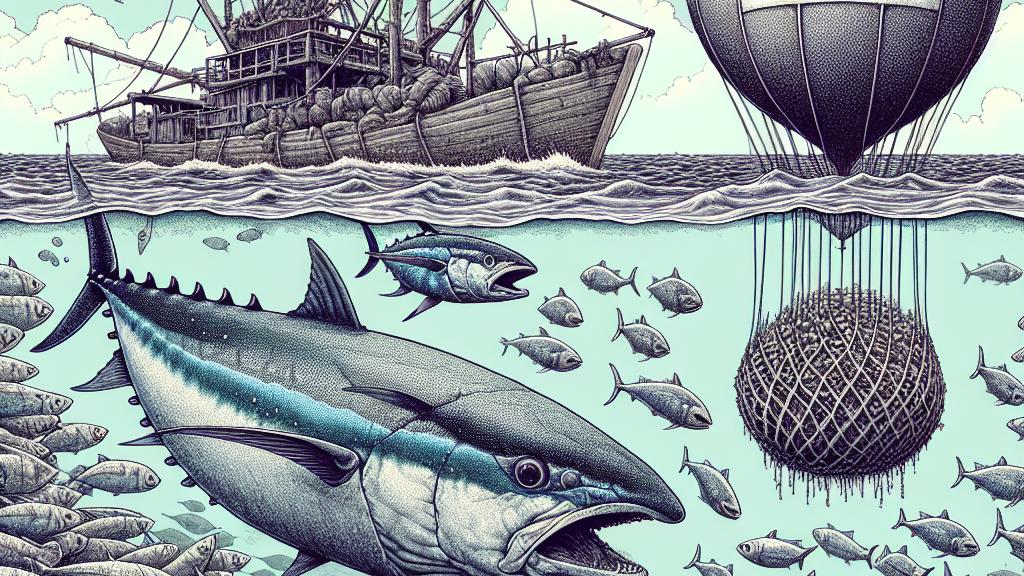The Decline of Bluefin Tuna Farming
Overview
- Japan's bluefin tuna farming industry is in serious decline, causing widespread concern.
- Leading companies are withdrawing due to skyrocketing costs and plummeting profits.
- The once-bright future for sustainable bluefin tuna farming is dimming as wild fish stocks recover.

The Current Landscape in Japan
In Japan, the bluefin tuna farming sector is facing unprecedented challenges. Major players like Maruha Nichiro have announced a jaw-dropping 80% reduction in their production for 2025, a move that underscores the dire state of the industry. Remember the excitement of 2002? That was when Kinki University achieved the world’s first successful full farming of bluefin tuna, igniting aspirations for a stable and sustainable supply. Fast forward to today, and the dream seems almost faded due to ballooning feed prices and healthy wild fish stocks that threaten to outcompete farmed tuna.
Reasons Behind the Downturn
The causes of this downturn are complex and deeply intertwined. Initially, the groundbreaking technique of fully farming bluefin tuna attracted significant investment and attention. However, the harsh reality of surging costs hit hard. For example, while Kinki University was once a trailblazer, it now finds itself in a race against time as many aquafarmers pivot back to traditional fishing methods that prove cheaper and easier. The increased availability of wild juvenile tuna has only compounded this trend, leading to a decline in the artificial breeding approach that was once seen as a game-changer.
Implications for Sustainability Initiatives
The repercussions of declining bluefin tuna farming extend far beyond economics; they pose a significant threat to sustainability efforts within our seafood choices. Once heralded as a sustainable alternative, the reality is that the promise of farm-raised bluefin tuna is vanishing rapidly. The initial vision was crystal clear: by championing responsible farming practices, we could safeguard the future of this prized delicacy. Yet, as many companies step back from their commitments, the ideal of sustainable aquaculture hangs in the balance. We are now faced with a troubling question: Will we still enjoy fresh bluefin tuna at our favorite sushi bars, or will it slip into rarity as the industry grapples with its formidable challenges?

Loading...